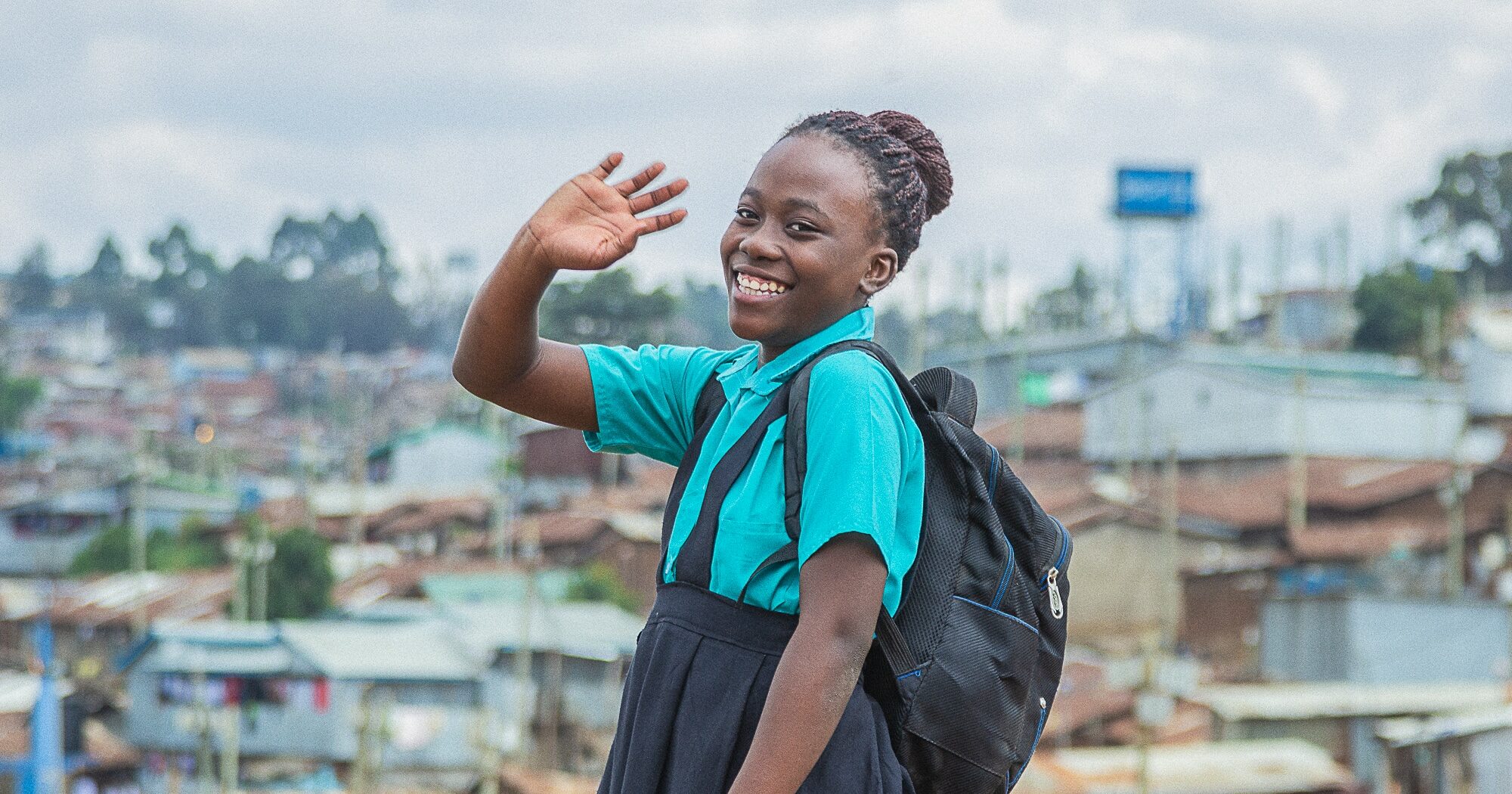While the transformative potential of education for individuals and communities is widely recognized, we also have to keep in mind that girls in various parts of the world encounter threats to their safety when seeking education.
School-Related Gender-Based Violence (SRGBV) is pervasive and hampers girls’ education globally. UNGEI estimates that it affects approximately 1 in 3 girls. Tackling this issue is essential for fostering safe learning environments. Creating safe spaces in schools is not just about physical safety, but also about nurturing an environment where girls feel respected, valued, and empowered.
This blog explores the vital role of safe spaces in helping girls to pursue education without fear, highlighting key stakeholders and best practices – with a particular emphasis on important curricula and pedagogical approaches.
Key Stakeholders and Partnerships for Lasting Impact
Creating safe spaces requires collaboration among numerous stakeholders, including governments, educational institutions, NGOs, communities, parents, and students themselves.
Governments play a pivotal role in implementing policies and frameworks that protect girls from violence and discrimination, while educational institutions are responsible for adopting zero-tolerance policies and creating awareness among students and teachers.
Partnerships between a range of groups are key. This can look like involving health services, social services, urban planning, child protection, the media, law enforcement, and women’s groups. Women’s groups bring expertise and experience in addressing SRGBV, while schools provide the necessary infrastructure and direct access to students.
Whole-School Approach
Adopting a comprehensive school-wide strategy is crucial to ensure a well-rounded perspective. This approach hinges on the active participation of school leadership, faculty, students, and parents in constructing and upholding a secure atmosphere. This involves building and maintaining policies, providing training, and cultivating partnerships to strengthen the foundation of safety.
Curricula and Pedagogy: Fostering Gender Sensitivity
Integrating gender-sensitive curricula and pedagogical approaches plays a pivotal role in establishing inclusive educational environments. By delivering high-quality education, we empower children to question behaviors that might contribute to SRGBV.
At Impact(Ed), this commitment is at the heart of our mission. We achieve this by training teachers and mentors to empower girls, and by creating video content to equip girls and help communities lower the barriers to education.
To genuinely impact SRGBV, our educational materials challenge stereotypes and promote gender equality. This can be achieved by incorporating themes like consent, healthy relationships, and gender rights. Equipping girls with this knowledge empowers them to safeguard themselves and advocate for their rights.
To ensure the efficacy of these interventions, a foundation in research is paramount. Engaging a diverse group of individuals in content creation adds depth and relevance. Tailoring content based on age appropriateness is equally crucial. When it comes to implementation, participatory methods that engage learners, and community involvement are a focal point. For maximum impact, we refine content based on feedback garnered through regular reviews.
For a glimpse into the impact of some of our interventions, you can read more here.
Conclusion
Creating safe and inclusive learning environments for girls is a critical step towards achieving gender equality and harnessing the potential of every individual. The prevalence of SRGBV underscores its urgency.
By engaging key stakeholders, implementing effective policies, fostering gender-sensitive curricula, and forming strategic partnerships, communities in Nigeria, Kenya, and Ghana are taking steps towards a future where every girl can pursue education without fear.
A great learning resource to find out more about preventing SRGBV is this guide from UNGEI




